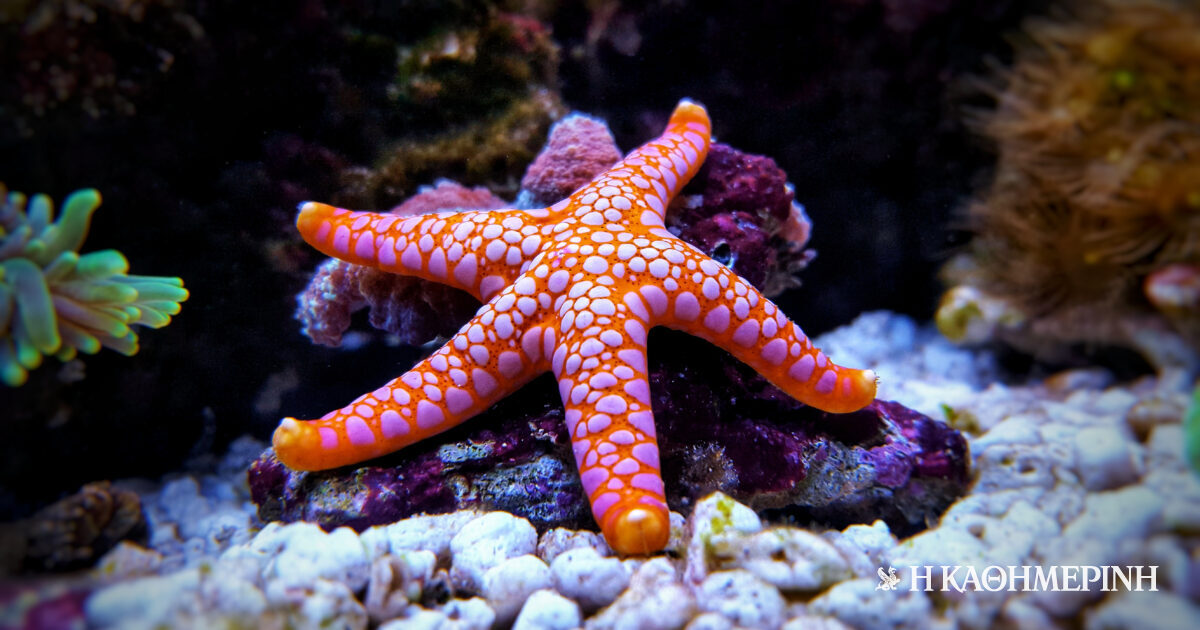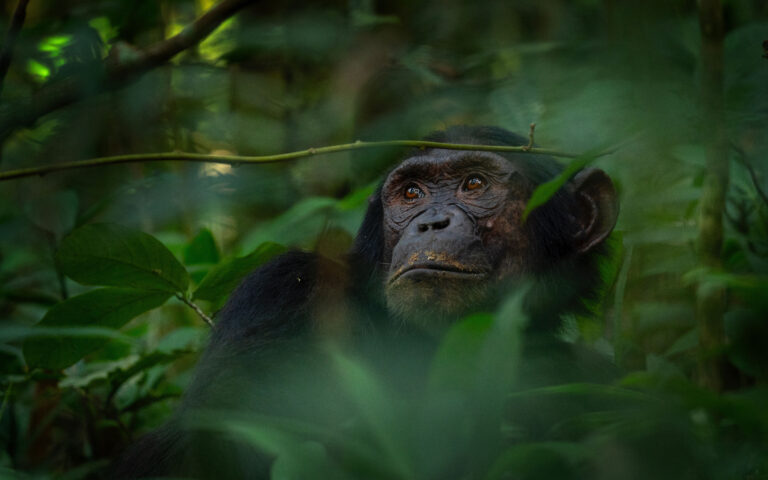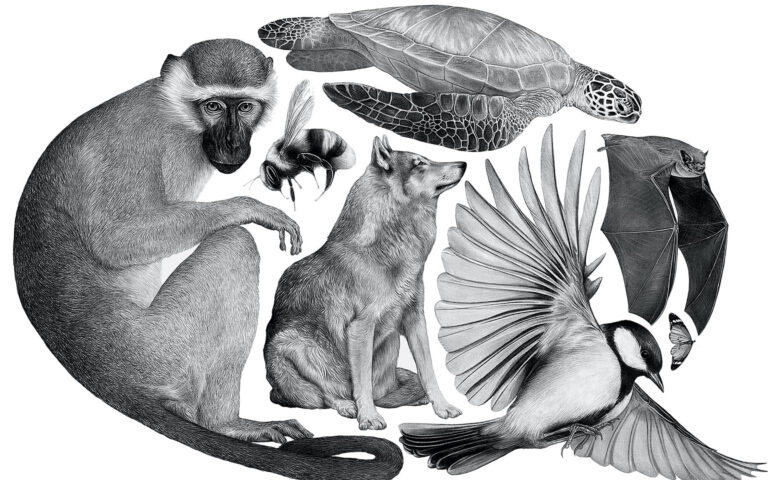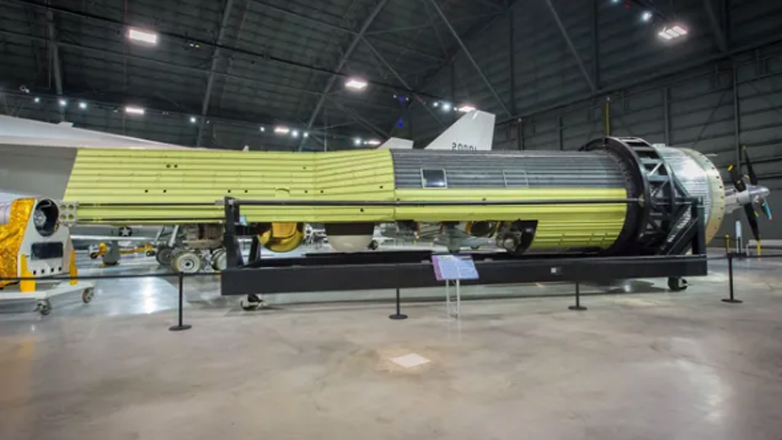
SpongeBob’s best friend Patrick may have a head, arms and legs, but his relatives at the bottom of the sea don’t share his anatomy.
Starfish may appear, at least to the human eye, to be multi-limbed creatures, but according to science they are actually a creature that resembles… a disembodied head…
For scientists, it has been a timeless mystery how the well-known echinoderms—starfish, sea urchins, sea urchins, and so on—evolved from an ancestor with bilateral symmetry—the body constitution that animals like insects, molluscs, and vertebrates have today—to creatures with multiple limbs.
Starfish have eyes at the end of each arm, but the position of their head has been a mystery to science for decades.
Their condition is further complicated by the fact that they begin life as larvae before developing their multiple arms as adults.
“To their mutual relatives, The body is divided into head, trunk and tail. However, in starfish, it is impossible to understand how these parts relate to the bodies of bipedal animals,” points out Geoff Thompson, lecturer and expert in evolutionary sciences at the University of Southampton.
Now, scientists back it New research published in the scientific journal Nature How did they solve the mystery of star formation?
Thompson and his colleagues at Stanford University and Berkeley, California who study in Molecular level By dissecting echinoderms, they found that the unusual body of adult stars is not the result of a trunk or central segment from which five identical segments develop.
“They don’t even seem to have boxes.” Thompson explains.
“It completely changed the way I looked at this group of animals that I had been studying for the last decade of my life,” he adds.
“animal – head”
The team came to this conclusion by examining genes in adults of the species Bateria miniata. They then compared them to genes that are activated in similar classes in hemichordates (animals with bilateral symmetry and closely related to echinoderms) and vertebrates.

“When we compared starfish genes to other groups of animals, such as vertebrates, it seemed that an important part of the body plan was missing. Genes normally involved in the formation of the animal’s trunk are not expressed in echinoderms.” The entire physical structure of echinoderms appears to roughly correspond to the head other groups of animals,” Thompson points out.
The scientists show that the majority of genes activated in the outer layers of the starfish’s body correspond only to those activated in the heads of hemichordates and vertebrates.
“Starfish hands are not like oursBut more like head extensions. To summarize the anatomy of a starfish, I would say that it is a mostly similar animal The head has five ridgesThe mouth faces the floor and the anus is on the other side, facing upwards, Thompson explains.
He adds that the genes that correspond to stem formation, They were lost from their outer layers at some point in evolution From echinoderms.
This suggests that during the evolutionary process, starfish and other echinoderms may have evolved their pentagonal body, losing this central part of the trunk, which allowed them to hunt and feed differently from other animals.

As for another body shape, with the possibility of some sort of torso, scientists can only hope fossils may be found at some point.
“Understanding how the bodies of one group of animals relate to the bodies of others is crucial to almost every aspect of evolutionary biology. Identifying which structures evolved from a common ancestor is the basis for how we build evolutionary trees. For our part, we can use these evolutionary trees to “In everything from calculating the rate of evolution, to monitoring biodiversity for conservation efforts.”
Source: The Guardian/Newsweek

“Avid problem solver. Extreme social media junkie. Beer buff. Coffee guru. Internet geek. Travel ninja.”




More Stories
Scientists have found a “lost” satellite in space after 25 years
Get a great medieval RPG for less than 5 euros!
HMD Global revives the legendary Nokia 3210 – Nokia